Three years ago I moved into my current apartment in what is, somehow, the last remaining block of Chavez Ravine. I’m moving again in August and since making that decision in April, I’ve fallen in love with my apartment and neighborhood in a way that can only happen when you know you’re leaving soon. I love it here: I love my view, I love my neighbors, my dead end street, I love the breeze and the light and the fire road that leads into Elysian Park and on the way, Dodgers Stadium.
This month has been brutal on the East Side of Los Angeles. Aidan Arata, an Angeleno icon, put it succinctly in an Instagram story when she wrote, “you hear old stories about serial killers and ‘everyone locked their doors’—that’s what the city feels like, empty streets and businesses and a cloud cover of very valid fear, except the serial killer has federal support. Almost 1/3 of Angelenos were born outside the U.S., that’s the beauty and power of the city. People can’t go to work or school or to the grocery store because they might be kidnapped. Entire communities are at risk of some awful state-sanctioned boogeymen. It’s madness. And it is a moral imperative to be outraged.”
I wrote an incomplete history of my neighborhood, Chavez Ravine, when I first moved in, comparing archival images of the neighborhoods La Loma, Palo Verde, and Bishop to the views outside my window and around my building. Since I moved in, the downstairs neighbor was forced out of his apartment, his garden wilted, and our landlord destroyed our garden too—the back plot used to be our neighbor’s grandmother’s orchard—ripping out our native sunflowers, rosemary, sage, rose bushes, and elderberry trees with his bare hands. Still I’ve loved living here and the sense of history that comes with the area, I’ll miss wandering out of my apartment and into the park on a whim to visit all the native plants we used to have in our garden that grow freely in Elysian.
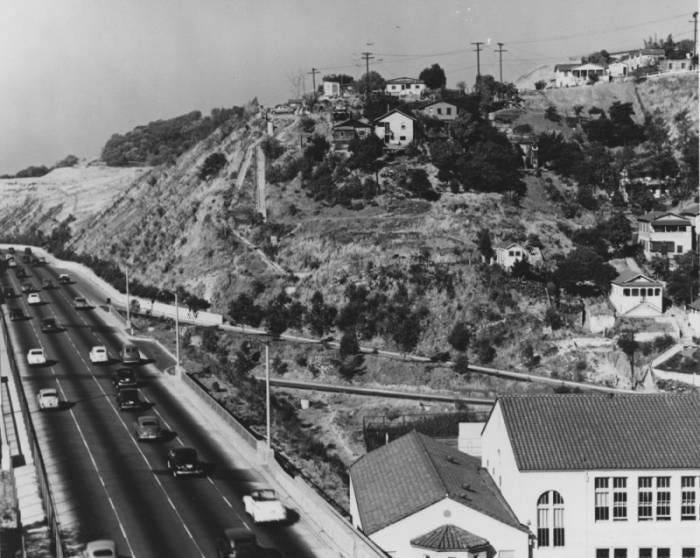
This week and month, LAPD, and allegedly ICE (I believe it’s ICE and I witnessed much of the following with my own eyes, but I use the term “allegedly” as a journalist to protect myself from libel) has been using the Stadium as it’s staging ground to process detainees they’ve kidnapped from Home Depots, flower stands, taquerias, and many other businesses. From this same window I have watched LAPD, CBP, and allegedly ICE , speed up and down Stadium Way, around Chavez Ravine Place and College Street to arrest protestors downtown and elsewhere, then ferry them back up Stadium Way to the ballpark parking lot next door to my house and what I witnessed as a staging area.
It does not seem to be a secret that the feds are using the stadium as a staging area to process detainees from ICE raids and protests—a CBP officer told a colleague the following on June 19, during a massive staging event held at the Stadium: "We bring the detainees here to process them and conduct our investigation without public interference. We can’t do it in the Home Depot parking lot because the public makes it dangerous.” Yet the Dodgers owners and even, ICE, the LA Times and other media sources continue to push the narrative that the “Dodgers refused federal officers entry to the stadium”; multiple eyewitnesses report otherwise.
Check the bottom of this post for links to reporting that actively corrects that narrative. It’s obvious the Dodgers are trying to save face as a beloved sports team in the Los Angeles area, with a enormous Latino/é/x fan base who fuel them. And the history of Chavez Ravine and Dodgers Stadium is a violent, brutal history that we will never forget. Below is the repost of my newsletter about moving to this block in 2022, almost a full circle as I reflect on my time here before moving onto my next chapter. I mostly loved it here and the East Side of LA will always have my heart.
Here are more archival images of Chavez Ravine.
On Moving, March 2022
I just moved. I ratchet-strapped my old mattress—the one I hadn't slept on since summer of 2020—to the top of my mom's old Chevy and drove a smooth 70mph to a little apartment on a hill in Chinatown Los Angeles. This house to me, in this moment, is perfect. There are 3 flights of steps to my and my roommate's door. Our neighbor grows roses and oranges which he leaves to ripen in a clean L-shape formation along the cement stairways. The house is mostly windows. My friend in Paris said my view was his favorite, "Like Bladerunner," he said. We have a back garden and two cats. I brought my books. I intend to stay here until summer, if not longer.
It feels so good to exist in one place; I'm luxuriating in the sensation. Of knowing whatever I set down in one place will still be there or near there when I look again. The walls don't change unless we change them, my roommate leaves me notes, the cats have routines. I cleaned the bathroom with yellow kitchen gloves and we marveled at how sparkly the pink tile became when the sun started to set. Sprigs of herbs and wildflowers litter the counters and tabletops. To sit on a couch, divine! To read by a window, also bliss. To listen to my Ahmad Jamal album for the nth time on the record player, heaven. My visions of what I wanted from a home collapsed into one boxy hilltop house; but now of course I'm preoccupied with paying rent. Still nothing feels cast in stone for very long. These days it takes more effort to stay put than to move on.
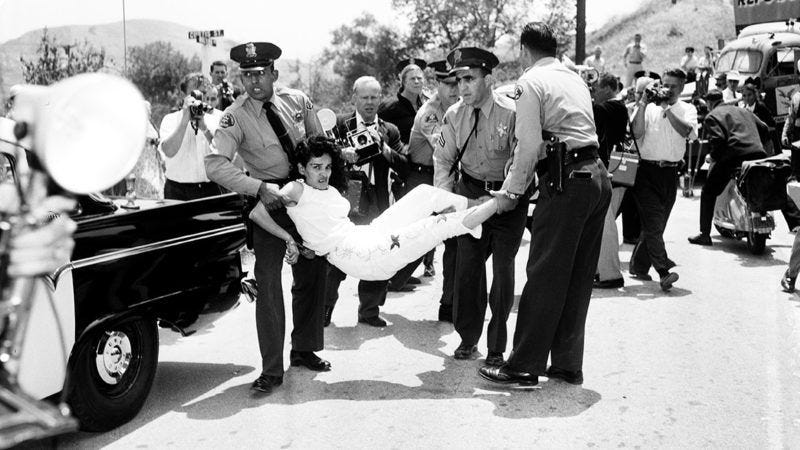
For decades, Chavez Ravine was home to generations of Mexican Americans who were redlined out of buying homes in more affluent (ahem, white) neighborhoods. For 10 years between 1949-1951 or so and using the power of eminent domain, the city of Los Angeles bought up the land and leveled many of the existing buildings, driving the residents out with a plan for affordable housing, which fell apart after a new conservative mayor took office and declared public housing to be “un-American”.
Instead the location would become the future site of Dodger Stadium with houses built around the base of the ravine, where I live now. My writing is a simplification of a much larger, much more complicated narrative and if you’d like to learn more about Chavez Ravine, I encourage you to start here with this documentary made by Jordan Mechner.
The politics behind who gets to stay and who has to leave are integral to my research on ghost towns. My roommate and I considered the old photographs of Chavez Ravine and pinpointed our location just by looking out our window. “I guess this is a kind of ghost town,” he said. He’s right. Our apartment was built in 1961, a year before Dodger Stadium opened. If the stories of places aren’t documented or shared, how do we know what happens? Without the photographs and the reporting, I’d never know I lived at the base of a once-thriving community, replaced with a stadium that frankly wasn’t worth 10 years of violence and instability, not to mention the generational trauma that followed. The stadium is a scar and every time its left empty—which is often—I can’t help but feel that it’s a waste. The stories behind the ghost towns I study are stories about housing, home, and people pushed to the margins.
Nezza—aka Vanessa Hernández—audaciously sang the U.S. national anthem in Spanish (“El Pendón Estrellado”) at Dodger Stadium on June 14, 2025, moments before a game against the San Francisco Giants. She did so deliberately and in solidarity with immigrant communities protesting recent ICE raids in Los Angeles. Despite Dodgers staff instructing her to sing in English, she went ahead anyway. Via TikTok she reported that after the performance, Nezza received death threats online, and says a Dodgers employee told her manager she and her team were “not welcome here ever again.” However, the Dodgers officially stated she is not banned and is welcome back. The Dodgers PR team has been working overtime to adjust this narrative, telling the LA Times that they did *not* ban Nezza despite the email she was sent by staff. Nasty work.
LA Taco, my favorite local team of reporters, have been going hard with on the ground reporting since ICE raids kicked up this month. Check out their coverage of what happened at Dodgers Stadium yesterday, below:
More local journalism that directly combats the narrative legacy media is putting out:
Our community members keep us safe!
LA native and beloved brother, friend, and comrade Anthony Orendorff was arrested at an ICE Raid on Thursday/Friday morning while documenting—his legal right. Please consider the following actions to get him out:
Call the jail & electeds to demand Anthony Orendorff’s release!
VAN NUYS JAIL:(818)374-9645
MAYOR’S OFFICE: (213) 978-0600
CM MONICA RODRIGUEZ: (213) 463-7007
IMELDA PADILLA OFFICE: (213) 473-7006.
Then watch Anthony’s latest, gorgeous love letter to his hometown of Los Angeles below.
Love to Southern California and ICE OUT OF LA! ☼


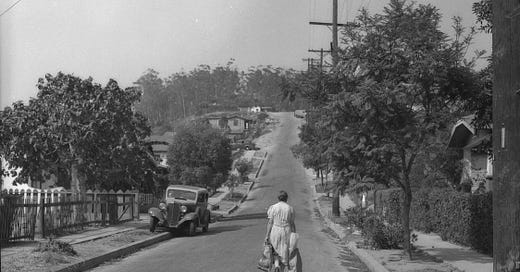



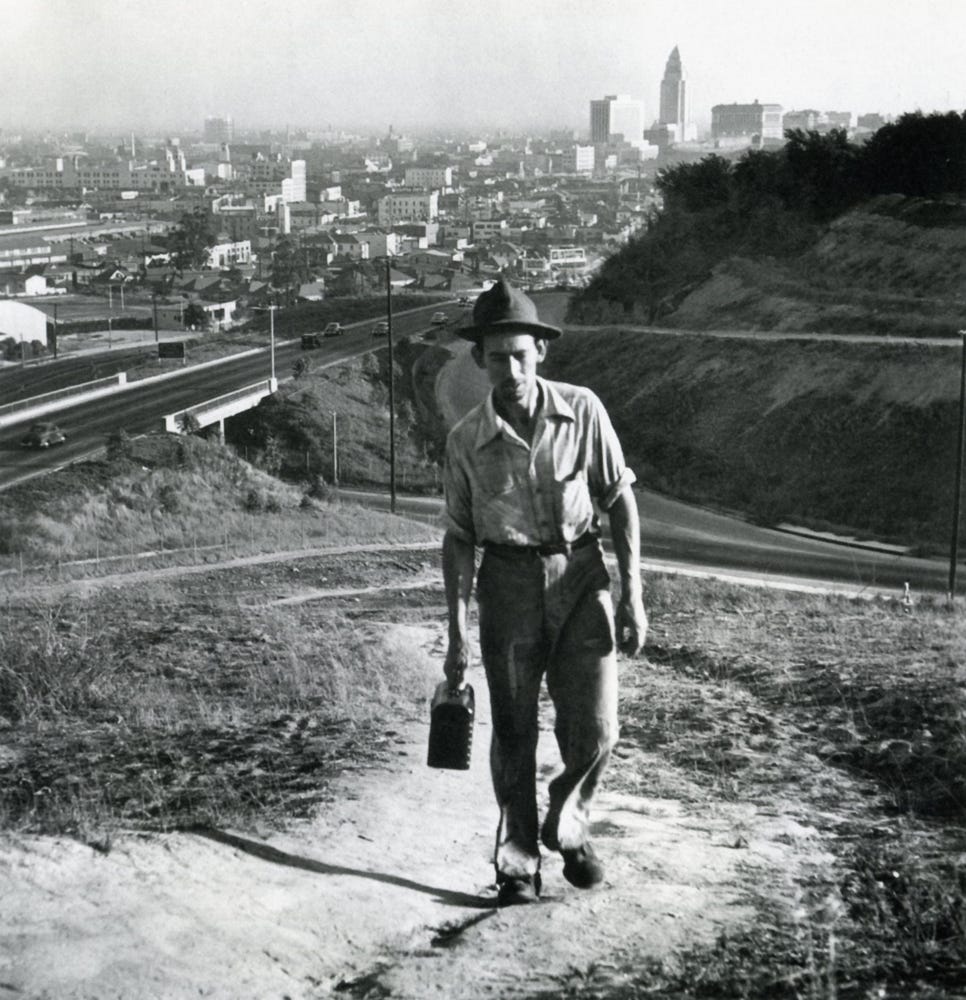



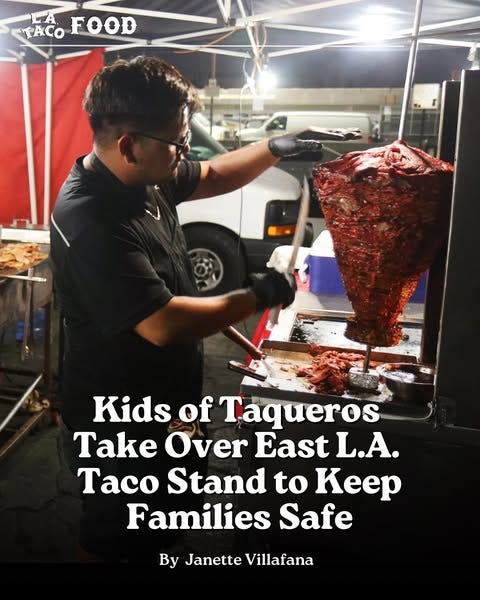


<3333